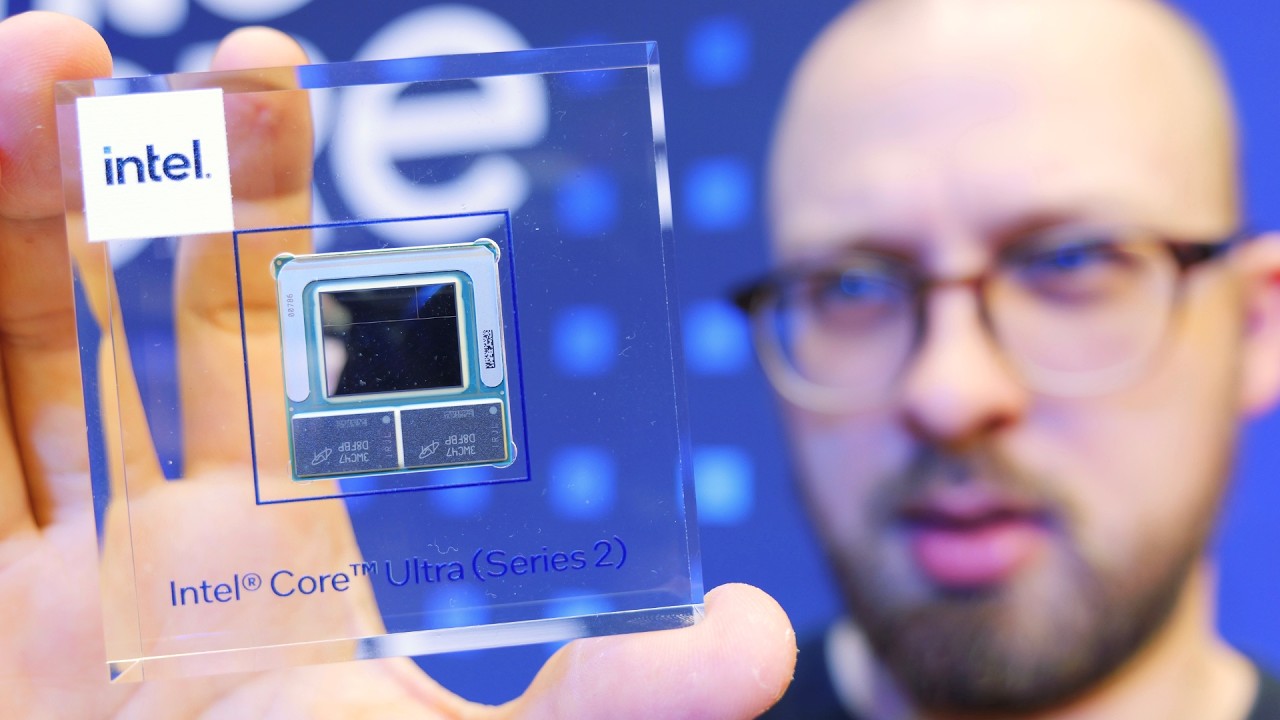Intel has launched its new Lunar Lake laptop chips, designed to reclaim its position in the thin and light premium laptop market by offering significant power efficiency and performance improvements over competitors like Apple and AMD. With nine variants and innovative design features, Lunar Lake chips promise up to 50% less power consumption while delivering competitive performance, although some skepticism remains regarding their ambitious battery life claims.
In a special episode, Intel has unveiled its latest laptop chips, named Lunar Lake, which represent a significant upgrade for the company after years of falling behind in the thin and light premium laptop market. The launch aims to reclaim Intel’s position against competitors like Apple and AMD, which have been praised for their impressive battery life and performance. The Lunar Lake chips are designed with a focus on power efficiency, claiming to be the most efficient x86 processors ever, and even outperforming Qualcomm’s Snapdragon chips in certain scenarios.
Intel introduced nine variants of the Lunar Lake chip, with power ratings of either 17 watts or 30 watts. Early demonstrations showcased the performance of these chips in gaming and productivity tasks, revealing that the 17-watt model could match or exceed the performance of AMD’s 30-watt chip while consuming less power overall. The company emphasized that their power consumption figures include the RAM, making the comparisons even more favorable for Lunar Lake. The demos indicated a significant improvement in power efficiency, with claims of up to 50% less power consumption in various tasks.
The efficiency gains of Lunar Lake are attributed to several design innovations. Unlike previous Intel chips that were scaled-down desktop processors, Lunar Lake is a custom design specifically for thin and light laptops. Key features include the integration of LPDDR5X RAM, a 3-nanometer manufacturing process from TSMC, and the addition of dedicated power management chips. Furthermore, the efficiency cores have been redesigned and increased in number, allowing for better performance in less demanding tasks without activating the more power-hungry performance cores.
Intel’s focus on efficiency extends to the GPU, which has seen a 30% performance increase over the previous generation while consuming less power. Early benchmarks showed promising results in gaming and rendering tasks, suggesting that Lunar Lake could outperform both AMD and Qualcomm in these areas. However, the video host expressed skepticism about some of Intel’s battery life claims, noting that while early tests showed over 10 hours of battery life, the more ambitious 20-plus hour claims should be approached with caution.
Overall, the launch of Lunar Lake appears to be a strategic move by Intel to regain its competitive edge in the laptop market. The company has shifted its focus from the previous Meteor Lake architecture to a more specialized design aimed at thin and light devices. With new laptops featuring Lunar Lake chips set to hit the market soon, there is cautious optimism about Intel’s ability to deliver on its promises and improve its standing against rivals in the industry.
